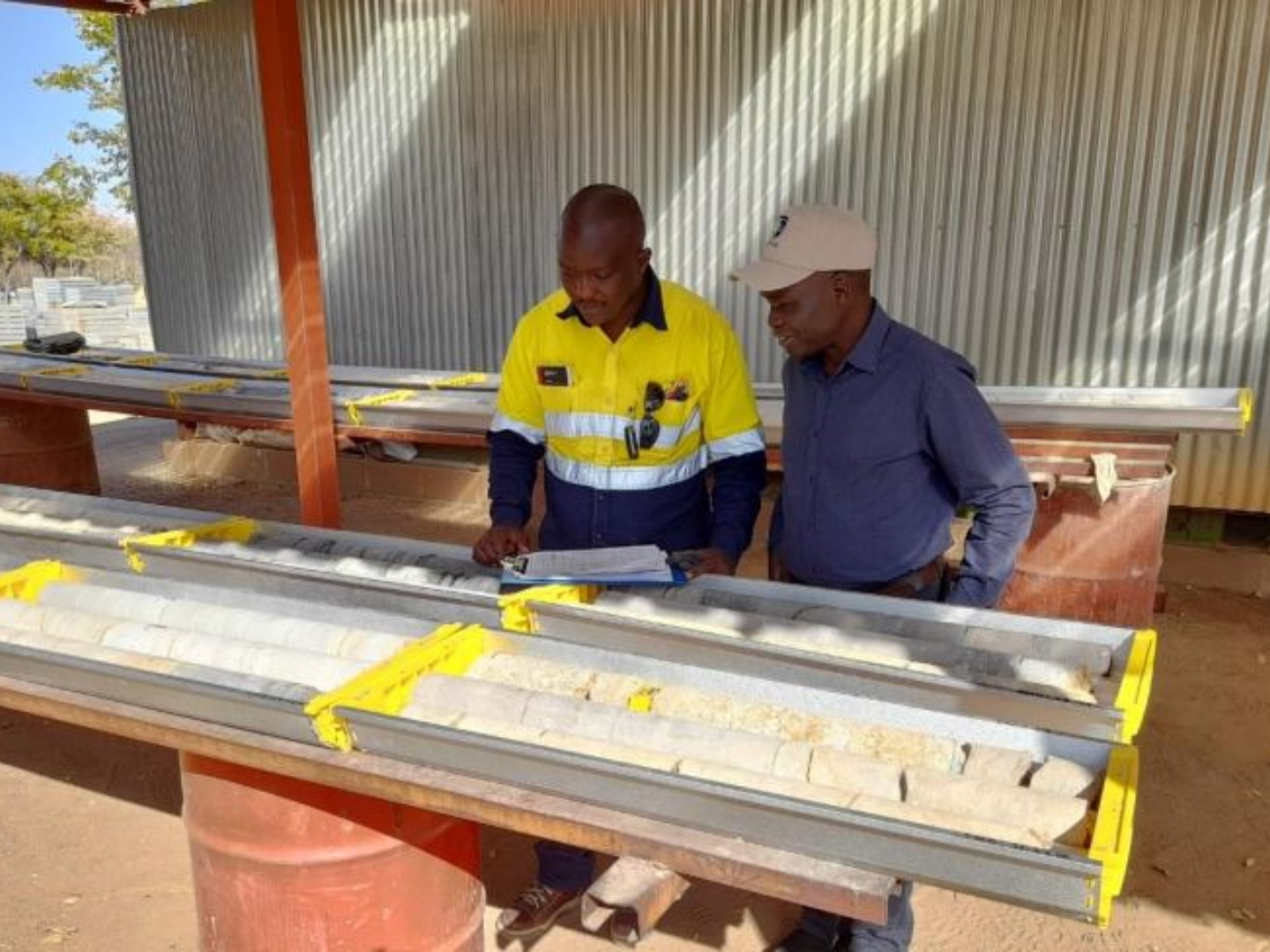Lotus Resources Limited has reported positive results from its recent metallurgical testwork at the Letlhakane Uranium Project in Botswana.
The testwork supports a significantly reduced acid consumption flowsheet for uranium processing, reinforcing the project’s potential as a low-cost, large-scale uranium development alongside the company’s Kayelekera Uranium Mine in Malawi, which recently restarted production.
For more updates on Lotus Resources, Join our WhatsApp Channel
Key highlights
- Up to a 70% reduction in acid consumption has been demonstrated via a two-stage leaching process.
- This process is viable at current uranium prices, resulting in only a 6–8% reduction in uranium recovery.
- Solvent extraction is eliminated in the proposed flowsheet, simplifying operations and reducing costs.
- Ongoing processing and mining studies aim to finalise a new capital-efficient flowsheet.
- A comprehensive Pre-Feasibility Study (PFS) is scheduled for completion in 2H CY2026.
- Resource infill drilling underway to upgrade the current Mineral Resource Estimate (MRE) of 142.2 Mt at 363 ppm U₃O₈ for 113.7 lb.
Major technical breakthrough in processing
The new two-stage leaching concept, developed and tested in collaboration with ANSTO, allows for high-acidity leach conditions to be limited to the second leach stage, thereby preserving uranium recovery while dramatically cutting acid usage.

Lotus confirmed that the updated process flowsheet could reduce sulphuric acid requirements by approximately 70% compared to the historical flowsheet developed by the previous project owner, A-Cap Energy Limited. This reduction represents a significant operating cost saving and improves the project’s economic viability in current market conditions.
Solvent extraction removed from new flowsheet
The new flowsheet also simplifies the Pregnant Leach Solution (PLS) treatment. With a lower acid concentration, direct ion exchange (IX) becomes feasible, eliminating the need for complex and costly solvent extraction (SX) stages. This modification not only lowers capital and operating costs but also aligns Letlhakane’s processing with more conventional uranium recovery methods.
Lotus advancing towards updated PFS
To support the re-engineered flowsheet, Lotus is advancing several parallel technical studies and development activities, including:
- Engineering design and cost estimates for the updated plant configuration.
- Process modelling of column leach results is used to define updated mass balances.
- Resource infill drilling to upgrade the current MRE and support future mine planning.
- Evaluation of the optimal mining method for the revised flowsheet.
These initiatives will underpin the upcoming pre-feasibility study, expected in late 2026, which will incorporate updated metallurgical, resource, and economic data.
ALSO READ:
Lotus starts infill drilling for Letlhakane in Botswana
Greg Bittar, Managing Director of Lotus Resources, stated: “This testwork reinforces the potential of Letlhakane to become a significant uranium operation, alongside our production at Kayelekera, as the long-term uranium price environment strengthens.

The multiple-column leach testwork demonstrates the ability to substantially reduce acid consumption—by up to 70%—and hence reduce operating costs as well as deliver a simplified processing flowsheet.”
He added that the current drilling campaign is intended to upgrade confidence in the MRE, contributing to a more robust economic case and guiding the PFS.
Strategic Importance
Letlhakane is emerging as a complementary asset to Kayelekera in Lotus’ growing uranium portfolio. With production already underway in Malawi, the potential development of Letlhakane would enhance the company’s position as a globally significant long-term U₃O₈ producer.

